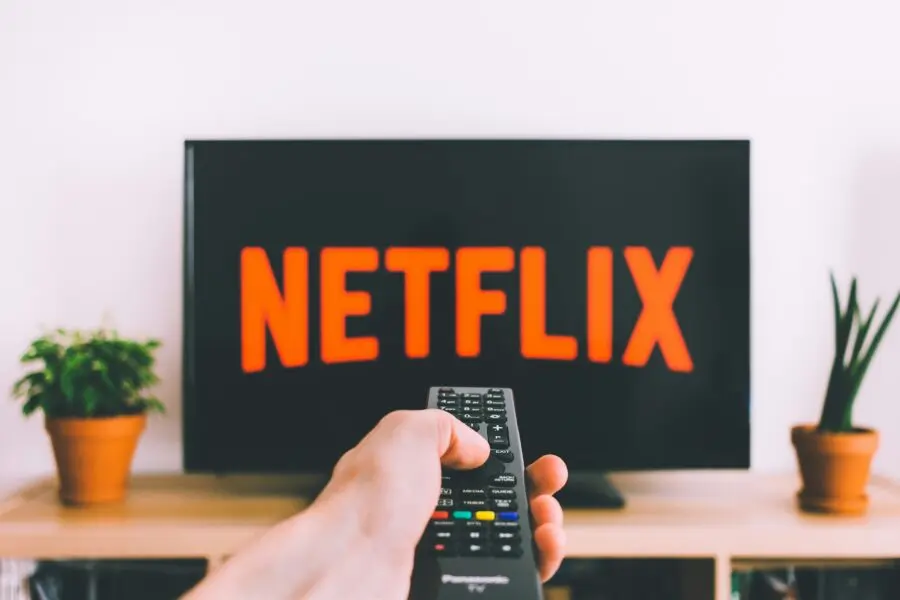
In recent years, traditional television models have frequently seen control over the distribution of entertainment usurped by streaming services. Factors such as convenience and flexibility have marked a distinct shift in consumer behavior towards digital content. The emergence of platforms like DAZN shows the ‘on-demand’ phenomenon has equally established a significant presence in the sports world.
With a staggering 282.7 million subscribers worldwide, Netflix is the world’s leading streaming service. Conventionally synonymous with television and film – but now appearing within the world of sport. And while Netflix aren’t the first players to enter the market for streaming live sports, might they be the most significant?
On November 15th, Jake Paul vs Mike Tyson marked Netflix’s introduction to live sport. Already becoming, the most streamed sporting event ever – reaching 65 million concurrent streams – with a global reach of roughly 108 million live viewers. The event was groundbreaking, freely available to all Netflix subscribers worldwide. But the fight itself, dull and uncomfortable. Tyson looked every bit his 58 years of age – which saw Paul’s youth and limited boxing ability enough to win a unanimous points decision.
The fight itself, dull and uncomfortable.
The promotion of the fight was sold as though it was a genuine boxing match, recorded on the professional records of both fighters. In reality, pitching a 27-year-old ‘Youtuber turned Boxer’ against a 58-year-old former great should not have been advertised to the casual viewer as a true representation of competitive sport. And in this regard, was a bad look for the integrity of Boxing.
The fight was a distortion of the sport’s authenticity, masked by the name value and nostalgia of one of boxing’s icons – Mike Tyson. The former undisputed Heavyweight world champion retired from professional boxing 20 years ago – but was proclaimed by the media as still at his ferocious best – which hasn’t been seen since the late 80s. Yet on the contrary, outside of the main event, the undercard that preceded it was a display of professional Boxing at its best. In the co-main event, Katie Taylor edged Amanda Serrano in a highly anticipated rematch between two of the greatest female boxers ever, showcasing the brilliance of women’s boxing on an unparalleled global stage. Further, WBC Welterweight world champion Mario Barrios successfully defended his title in a captivating fight against Abel Ramos.
Netflix have stated that 74 million live viewers watched Taylor Vs Serrano 2, making it the most-watched professional women’s sports event in history. This represents the paradox that is Netflix’s sporting strategy. Spectacle and theatrics driving attention. Taylor, 38, one of two female multi-weight undisputed champions in Boxing history and Serrano, 36, a 7-weight world champion. But without the gimmick that was Paul vs Tyson, there would’ve been no involvement by Netflix, without Netflix there would’ve been no global limelight for these underexposed champions. A sad inditement for boxing, that someone like Jake Paul can walk into the sport and headline above fighters that have achieved all there is to achieve.
So, the question becomes, does Netflix have a responsibility to prioritise authentic sporting events over circus attractions? Or does boxing and sport in general need to learn how to supply the demand that clearly exists today for these sorts of events? And does it matter if and how millions of young people are being introduced to sport anyway?
I would argue that the marketing of the fight should have been explicitly labeled as an exhibition bout, rather than being professionally sanctioned by the dubious Texas commission. In this case, there would still have been the nostalgic interest in Mike Tyson combining with Jake Paul’s audience; generating the same spotlight for legitimate champions: Taylor, Serrano and Barrios, without tarnishing the credibility of boxing and retaining Netflix’s monetary incentives.
These questions could also be posed in relation to Netflix’s various sports docuseries – garnering significant attention from casual audiences. But for similarly controversial reasons.
“I know Netflix is trying to attract new fans but it’s important also to really see the reality of the sport.”
Max Verstappen
Most notably, Drive to Survive has skyrocketed interest in Formula 1; allowing for the sport to finally ‘break the American audience’. Research states that 22% of fans cite the show as the reason they now follow Formula 1. Subsequently, Netflix have released other notable productions following the same template: Starting 5, Full Contact, Full Swing, Quarterback, Break Point etc… having similar impact – increasing the casual interest in sports.
However, hardcore fans have voiced potential issues with Netflix’s overdramatisation of sport. Frequently perpetuating exaggerated and semi-fictionalised narratives to engage the casual audience, as opposed to more authentic sporting narratives. Damningly, in a period of the sport that has been defined by reigning champion Max Verstappen, he has refused to take part in the show since 2019. The Dutchman publicly branding the show as “over the top”. The newly crowned 4-time world champion, has said, “I know Netflix is trying to attract new fans but it’s important also to really see the reality of the sport.” How can Netflix have presented the relevant happenings in Formula 1 if the sport’s dominant driver is shown as a background figure?
Undoubtedly, Netflix has an amazing platform to further engagement with sport, but they must remember that it is sport and not fiction.

